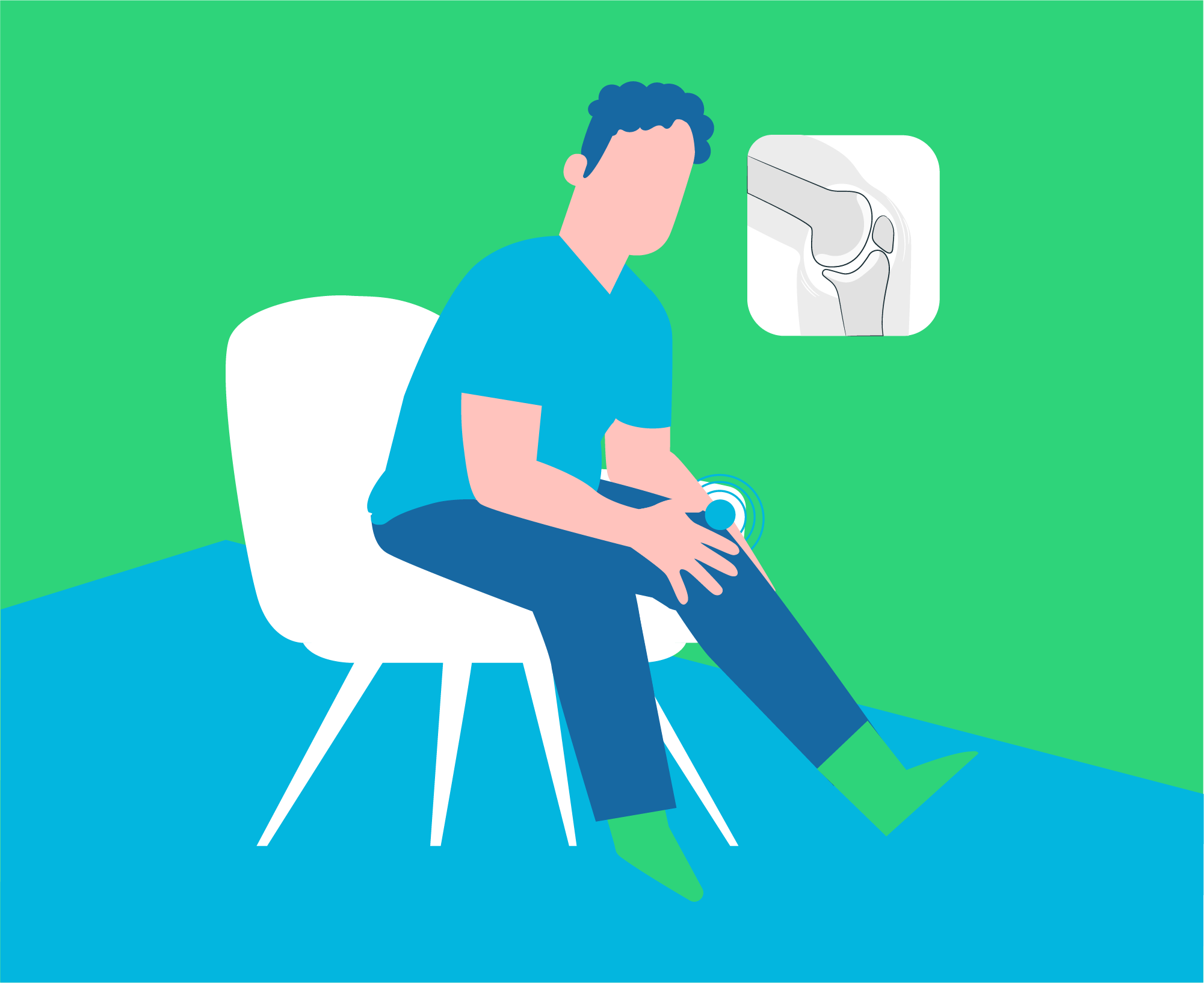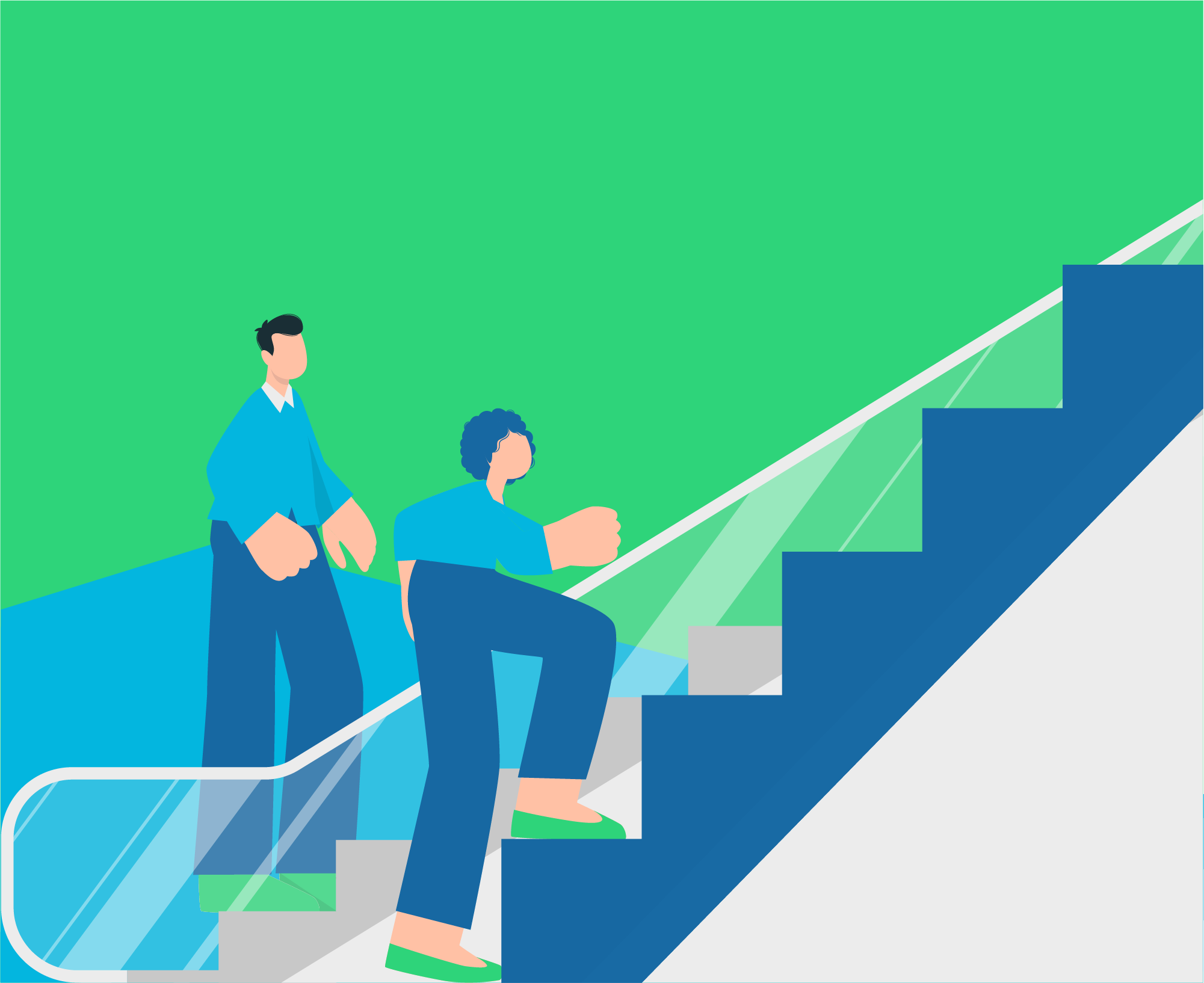
Falling can be a life-changing event, especially for older adults. Falls in the elderly can lead to physical injuries, emotional trauma, and even social isolation. After all, the older you get, the less stable your body becomes, increasing your chances of fall-related injuries.
Frequent falls are a relatively common issue among elderly individuals, with approximately 10% of them enduring multiple falls each year. However, falls are not an inevitable part of aging. There are fall prevention strategies and precautions you can take to significantly reduce the risk of falling.
The Impact of Falling

Before delving into the prevention strategies, let’s understand why this topic is of utmost importance and the consequences of the fall. Falling can have a profound impact on older adults, affecting them physically, emotionally, and socially.
Emotional Impact

- The emotional impact of falls can instill fear and anxiety in older adults.
- Simple tasks, like getting a glass of water or preparing a meal, can become daunting.
- There is a gender-based influence on the fear of falling, with older adult women exhibiting a higher likelihood of falling compared to older adult men. Additionally, fear of falling in older adult women was linked to decreased levels of physical activity.
Social Impact

- After a fall, many seniors become apprehensive about leaving their homes due to fear of re-injury.
- This fear leads to social isolation in seniors, causing them to miss out on family gatherings, social events, and important connections.
- Isolation can contribute to mental health issues, such as depression and anxiety.
Physical Consequences of Falling

- Falls can result in minor injuries like scrapes and bruises, but they can also have severe physical consequences.
- The physical effects of a fall cannot be taken for granted. Did you know that individuals aged 65 and above account for over 85% of hip fractures?
Risk Factors for Falling

To further understand fall prevention, it’s crucial to recognize both internal and external risk factors:
Internal Risk Factors
Internal risk factor elements are as follows:
- Dehydration
- Reduced strength and stability
- Poor eyesight and hearing
- Unbalanced medications
- Recent falls
- Confusion
- Risky or incautious behavior
External Risk Factors
External risk factor of fall mishaps are as follows:
- Clutter
- Throw rugs
- Uneven surfaces
- Low lighting
- Stairs without railings
- Lack of grab bars in restrooms
- Wet floors
- Unsupportive footwear
- Overuse of alcohol
By identifying and addressing these risk factors, you can significantly reduce the likelihood of falling.
6 Ways to Prevent Falls
Now that we understand the gravity of the issue, let’s explore six effective strategies and ways to prevent fall mishaps among the elderly.
1. Maintain a Healthy Diet

While it might not seem immediately obvious, your diet plays a crucial role in fall prevention. A healthy diet for fall prevention is vital. After all, proper nutrition ensures your body receives the nutrients it needs to maintain muscle strength and bone density.
How Does It Help?
A balanced diet rich in calcium and vitamin D is essential for bone health. Dehydration is also a common issue among older adults and can affect balance. Staying hydrated is key to overall well-being.
Try This:
- Include dairy products, leafy greens, and fortified foods in your diet.
- Drink plenty of water throughout the day to stay properly hydrated.
2. Stay Active and Exercise

Stay active and exercise for elderly stability. Exercising regularly might not only keep you fit but also enhance your stability and flexibility, reducing the risk of falls.
How Does It Help?
Physical activity strengthens muscles and improves balance. It also boosts confidence, making you less fearful of falling. Remember, the nimbler and stronger you are, the less likely you are to fall. Consult with a fitness trainer to create a tailored exercise plan.
3. Visit Your Doctor Regularly

Your healthcare provider is a valuable ally in fall prevention. Regular doctor check-ups help you identify and address health issues that could increase your risk of falling.
How Does It Help?
Your doctor can assess your overall health and medication. Some medications can make you dizzy or sleepy, increasing the risk of falling. Consulting your doctor before discontinuing any medication is crucial.
Try This:
- Schedule regular check-ups to monitor your health.
- Discuss any concerns or changes in your health with your doctor.
4. Schedule Eye and Hearing Exams

As you age, your vision and hearing may decline. Impaired senses can make you more prone to falls. Regular eye and hearing exams for seniors are essential.
How Does It Help?
Good vision is vital for detecting obstacles in your path, while hearing is essential for maintaining awareness of your surroundings. Limited senses can cause you to startle easily, increasing the risk of falls.
Try This:
- Schedule annual eye and hearing exams.
- Wear corrective lenses or hearing aids if prescribed.
Fall Prevention Checklist for Vehicles
Getting in and out of vehicles can be challenging as you age. So vehicle safety measures for seniors need to be in check. Here are some safety measures you can take:
1. Place a Car Seat Cushion

Consider using a car seat cushion that swivels. This simple addition can significantly ease the process of entering and exiting a vehicle.
How Does It Help?
A swiveling car seat cushion allows for easier rotation when getting in or out of the car. This increased mobility reduces the risk of losing balance during these transitions.
Try This
- Explore car seat cushions designed for added mobility.
- Select one that suits your needs and vehicle.
2. Consider Wheelchair Accessible Vehicles

If you require additional assistance, consider using a wheelchair-accessible vehicle. These specially designed vehicles can make transportation safer and more convenient.
How Does It Help?
Wheelchair-accessible vehicles are equipped with ramps or lifts, making it easier for individuals with mobility issues to enter and exit. These vehicles are a practical solution for those needing extra support.
Try This:
- Explore options for wheelchair-accessible vehicles.
- Consult with mobility specialists to find the right vehicle for your needs.
3. Enhancing Bathroom Safety

The bathroom can be a danger zone for falls, making it crucial to implement safety measures. It’s a place in the home where most falls occur due to its many slippery surfaces, including showers, sinks, and toilets.
Bathroom Safety Modifications
- Elevate Your Toilet: Consider installing a higher toilet, which is easier for seniors with limited mobility to use. This simple adjustment can make a significant difference in your bathroom safety.
- Install Grab Bars: Adding grab bars near the toilet and shower provides essential support. These bars can be lifesavers when you feel unstable or weak, offering balance and stability.
- Non-Slip Surfaces: Incorporate non-slip pads in the shower or tub to minimize the risk of slipping. These pads provide traction, reducing the chances of dangerous falls.
- Shower Chair and Handheld Nozzle: Enhance your bathing experience by adding a shower chair and a handheld shower nozzle. These additions make bathing safer and more comfortable.
- Walk-In Shower: Consider transforming your shower into a walk-in model. Stepping over a tub can be hazardous as you age. Even if you already have a walk-in shower, removing any ledges or drop-offs can prevent tripping.
- Non-Slip Mats: Place non-slip mats on the floor of your shower or tub. These mats offer stability and reduce the risk of slipping on wet surfaces.
- Accessible Sink Handles: Ensure that the sink handles are easy to use and don’t require strenuous wrist movements. If necessary, replace them with more ergonomic options to tailor your bathroom to your needs as you age.
By implementing these bathroom safety modifications, you can create a safer bathroom environment for yourself or your loved ones.
4. Enhancing Kitchen Safety

As you age, your kitchen habits may need adjustment to ensure kitchen safety for older adults and accessibility.
- Accessible Storage: Store frequently used kitchen equipment at counter level. Avoid reaching for items on high shelves or in hard-to-access cabinets. Using a stool or straining to reach for objects can lead to falls or injuries.
- Proper Lighting: Keep your kitchen well-lit to improve visibility and reduce the risk of accidents. Adequate lighting ensures you can navigate the space safely.
- Safe Cooking Practices: Practice safe cooking habits. Avoid potential fire hazards and invest in cookware and utensils that are easy to handle and grip.
- Ongoing Vigilance: Continuously monitor your cooking activities. Ensure that stovetops and ovens are turned off after use. Being attentive in the kitchen is essential for safety.
5. Enhancing Stair Safety

Stairs pose a significant risk for falls and injuries, especially for seniors so it’s essential to address stair safety for seniors proactively.
- Consider Bedroom Relocation: If your bedroom is located upstairs, consider moving it downstairs before navigating the stairs becomes more challenging. This preemptive move can prevent future issues and struggles.
- Sturdy Staircase: Ensure your stairs are firm and secure. Remove any loose carpeting or flooring that could become a tripping hazard. Robust and reliable handrails are crucial for maintaining balance while using the stairs.
- Chair Lift Installation: Depending on your mobility, think about installing a chair lift. Although it’s a significant modification, a chair lift offers effortless access to the upper levels of your home.
- Ample Lighting: Adequate lighting in the stair area is crucial. Install light switches at both the top and bottom of the stairs to eliminate any concerns about navigating them in darkness. According to the CDC, painting the top of the stairs in a contrasting color can further enhance safety by ensuring the stairs’ edge is visible.
6. Enhancing Floor Safety

Keeping your floors clean and safe is essential for fall prevention. Here are some floor safety and hazards along with key steps that need to be taken to prevent falls:
- Clear Pathways: Ensure that your home’s pathways are free of objects that might pose tripping hazards. Store items off the floor or in locations where they won’t be a cause for accidents.
- Goodbye to Area Rugs: While area rugs may look attractive, they can be a major cause of falls among seniors. It’s best to remove them entirely, ensuring that your entire floor is even and free of slipping hazards.
- Secure Carpets and Floors: Check that your carpets or floor coverings are securely attached to the ground. Ensure there are no lumps, bumps, or loose patches that could cause you to trip.
- Non-Skid Mats: Consider using non-skid mats or other options to make your floors less hazardous. These mats provide additional traction, reducing the likelihood of slipping.
For Everyday Situations

Besides vehicle-related precautions, there are other measures you can take to prevent falls:
- Use Assistive Devices: Consider using assistive devices for seniors such as a cane or walker if you have mobility challenges. These devices provide essential support.
- Personal Medical Alert System: Explore personal medical alert systems, typically in the form of bracelets or necklaces with buttons. In case of a fall, pressing the button calls for immediate assistance.
Falling can have devastating physical, emotional, and social consequences for older adults. However, aging and falls do not go hand-in-hand. In other words, falls is not an inevitability of aging. You can also try out Game of Falls – Interactive Fall Prevention is an engaging game that alerts older adults about the risks of falling at home! By adopting these fall prevention strategies, you can maintain your mobility and independence. Remember, an ounce of prevention is worth a pound of cure. If you do fall, follow safety measures to minimize the impact. Stay vigilant, stay active, and stay safe so independence in old age is enhanced!
As flu season turns up the dial, one question often comes to mind: Why does the flu hit older adults so hard? It’s a perfect storm where senior flu prevention becomes key since their natural aging nudges immune systems into a less active state, amplifying the impact of flu symptoms. For caregivers, ensuring flu season […]
Confidence is a crucial ingredient in living a fulfilling and independent life, especially for seniors. So, what happens when an event like a fall shakes the very foundation of a person’s confidence, particularly in the elderly? After a fall, it’s natural for seniors to feel vulnerable and apprehensive about engaging in their everyday activities. Fear […]
Have you considered that growing older might mean getting better, so long as you nurture the one body you’ve been given? Staying active is a dynamic part of aging, and a key aspect of that is utilizing preventive health screenings to catch problems early. The good news is that Medicare and most health plans cover […]
Did you know that the medicines meant to ensure your health could also increase your chances of a fall? It’s a startling thought, but true for many older adults. As we age, we often become, rather ironically, a walking pharmacy. With every pill we swallow to keep our health conditions in check, there lies an […]





